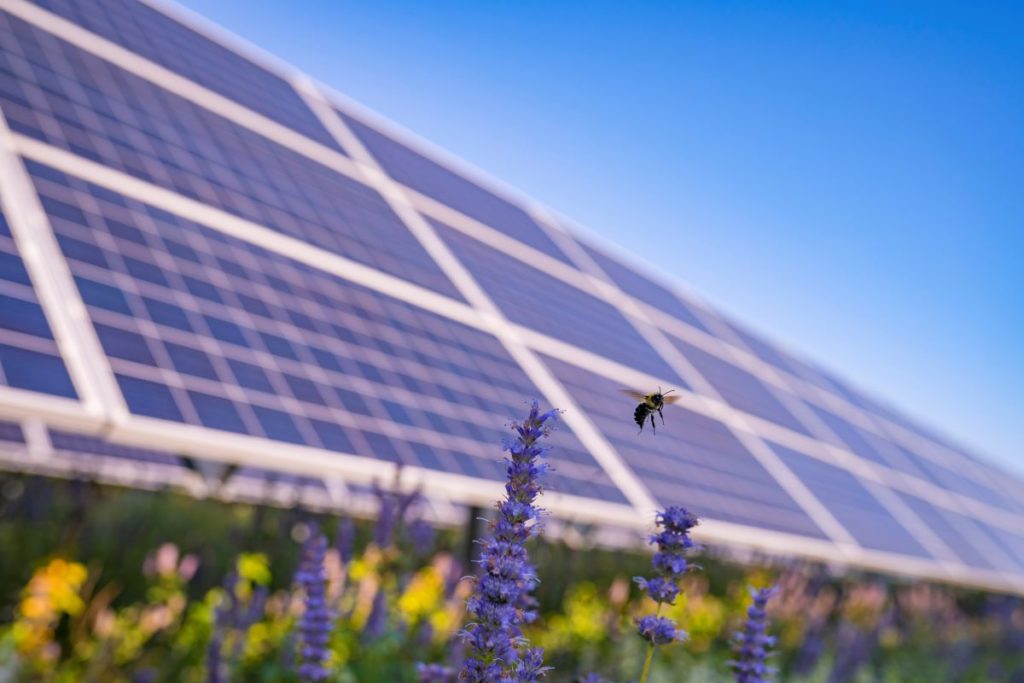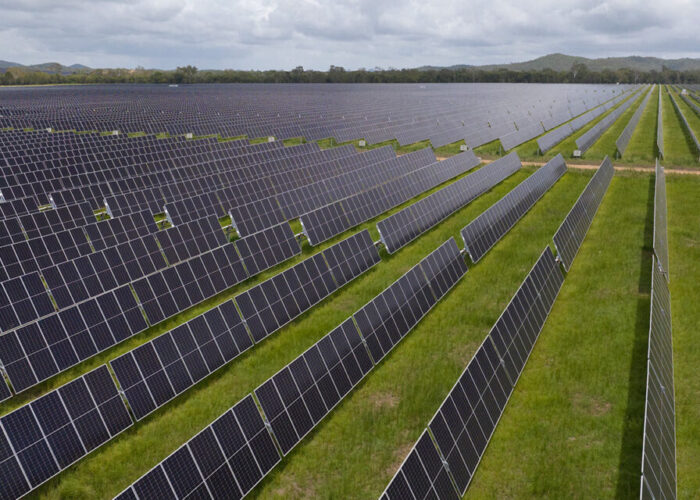
After nearly a decade of solar PV additions lower than 1GW, Italy finally started to get back to its higher numbers from the early 2010s, installing 2.4GW in 2022. This year will not be any exception to that.
In the first half of this year, the country has already installed almost as much capacity as the whole of 2022, 2.3GW, and is expected to finish the year with at least 4GW, says Paolo Viscontini, president of trade association Italia Solare. “Maybe even towards five, but it depends on the large installations that are ongoing.”
Unlock unlimited access for 12 whole months of distinctive global analysis
Photovoltaics International is now included.
- Regular insight and analysis of the industry’s biggest developments
- In-depth interviews with the industry’s leading figures
- Unlimited digital access to the PV Tech Power journal catalogue
- Unlimited digital access to the Photovoltaics International journal catalogue
- Access to more than 1,000 technical papers
- Discounts on Solar Media’s portfolio of events, in-person and virtual
One would need to go back more than a decade to find such high figures, when in 2011 Italy added nearly 10GW of solar capacity.
The main driver for the increase of solar additions in Italy could be explained through the 110% Superbonus scheme that supported the installation of solar panels in the residential market as well as the implementation of battery storage.
“These systems were also installed with storage, because it was practically paid by the state as it was generating a 110% tax credit that could be also resold to third parties,” says Viscontini, adding that this scheme helped residents install both solar and battery storage together.
However, the Superbonus ended in February and only existing projects were allowed to be carried out, adds Viscontini. There is still a standard tax rebate in place of 50% in 10 years, but it is not as effective as the Superbonus and will unlikely be able to carry the same numbers in terms of volume added.
This has not stopped residential solar being still the main driver for solar PV in Italy; H1 2023 saw 1.1GW of residential solar added, whilst the whole of 2022 saw 1GW, says Viscontini.
“Our expectation for this year is that after quite a good first half, the market should show a decrease in the second half.”
This decrease could in itself be beneficial for the commercial and industrial (C&I) segment, Visconti says, as most companies were too busy with the Superbonus and could now focus on installing more C&I projects. Despite electricity prices being much lower than they were a year ago, the demand for C&I was still strong up until the end of June, and is “steadily growing”.
Both residential solar and C&I markets are mostly predominant in the North of Italy, which accounts for nearly half of the population as well as most of the industry with many small and medium companies located headquartered there. For the first half of the year, four of the top five regions with the highest solar PV capacity installed came from the north, with only Sicily (at number five with 140MW) managing to bring representation from a southern region.
During the first six months of 2023, Lombardy led the installations across all regions in Italy with 429MW of solar capacity, followed by Veneto and Emilia Romagna with 353MW and 235MW respectively.
The north-south divide does not stop there, as the south is mainly dominated by utility-scale projects. Veneto in one of the few northern regions which has had large-scale projects commissioned in the past, says Viscontini.
At the beginning of 2010, Puglia used to be the main region for utility-scale projects when the country had a big boom of solar capacity additions, while “now it’s very difficult to get authorisation in Puglia”. Viscontini adds: “Sicily is the region where most of the largest installations have been done in the last two to three years.”
Viscontini expects the utility-scale segment to grow this year with many large-scale, under-construction projects nearing completion and awaiting a “very tough authorisation process”, with a large majority of projects still under development.
“There are more than eight gigawatts of projects ready to build. This was already a few months ago, so now it could even be at almost 10GW. But only a minority of these systems are under construction. Why? Because it’s not easy to manage to close a PPA (power purchase agreement) at a sustainable price.”
With most of these utility-scale PV projects located in the South of Italy, securing a high electricity price is difficult, he continues, because the consumption of electricity is not as high as in northern regions. Additionally, as more projects are being installed they are cannibalising the demand between themselves with a higher offer than demand for electricity need.
The use of storage could be a solution to help increase the prices of PPAs in the south for utility-scale projects, as energy storage has attracted a lot of interest from both developers and investors alike, as covered by our sister site Energy-storage.news.
Probably the most important aspect of the utility-scale segment is related to the use of agricultural land in co-location with solar PV and could work around the scarcity of land available for the development of ground-mounted solar PV without any limitations in Italy, as shown by a recent report from analysis company McKinsey. Italy is one of the leading European countries for agrivoltaics (agriPV) and is set to grow even further.
Last year, the Italian Ministry of Agricultural, Food and Forestry Policies (Mipaaf) launched a €1.5 billion (US$1.57 billion) scheme that aims to incentivise the installation of agriPV projects. Not only that but the Italian government has submitted a draft decree dubbed decreto aree idonee (suitable areas’ decree) that has some implementations around agriPV which will have limitations on how a solar project can be built on agricultural land.
These limitations depend on how the projects are built, says Viscontini. For instance, a project using normal trackers will be limited to 10% of the entirety of the agricultural land. “This means that one has to look for new land to be associated in some way with the land that will be effectively covered by modules. This is creating a lot of difficulties in terms of cost and also complications for the authorisation process.”
Doing agricultural activity between rows will raise the available land limit to 20%, while in order to use the entirety of the agricultural land, projects will need to consider elevated mounting systems, raising the height of these projects up to five meters, known as innovated or elevated agriPV systems.
This hurdle will incur higher investment costs, says Viscontini. However, despite these stricter rules Viscontini still expects to see a growth in agriPV in the future. “We can expect in the next few years the rapid growth of agriPV installations.”







